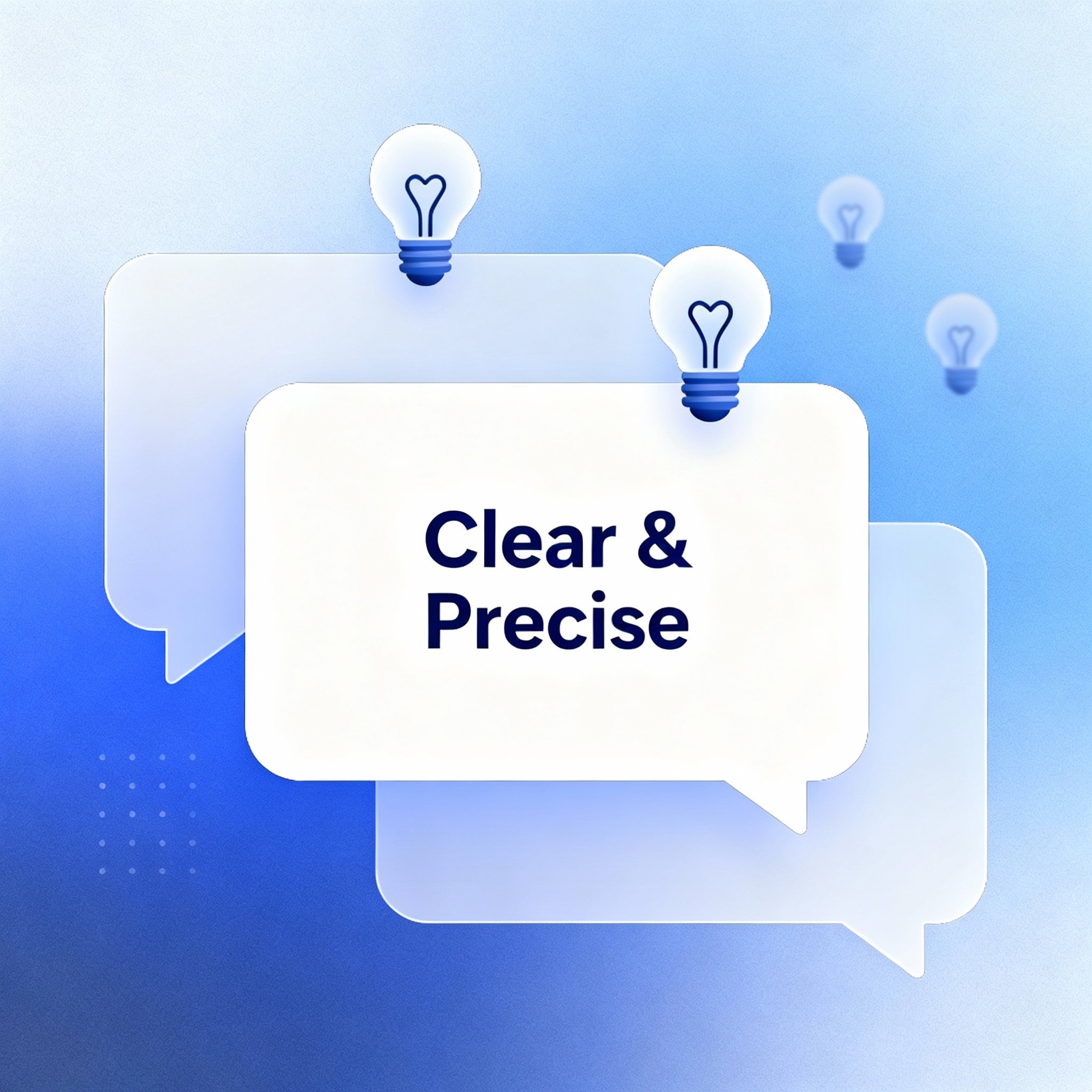In the age of Artificial Intelligence, Large Language Models (LLMs) like GPT-4 and GPT-5 are transforming how we write, code, learn, and communicate. But the magic behind these AI tools doesn’t just lie in the model—it lies in how you talk to it.
This process is known as Prompting.
Understanding the basics of prompting can help you get better, faster, and more accurate responses from any AI model.
Whether you’re a developer, marketer, or content creator, mastering prompts is your first step toward AI fluency.
What is Prompting in LLMs?
Prompting refers to the process of giving instructions, questions, or context to a language model to generate a specific response.
In simple terms, a prompt is the input you provide, and the output is what the model generates based on that input.
For example:
Prompt: “Write a 3-line poem about the ocean.”
Output: “The waves whisper secrets untold,
Blue horizons gently unfold,
Dreams drift where the tides behold.”
That’s prompting in action.
Why Prompting Matters
LLMs are trained on vast amounts of data, but they don’t inherently know what you want.
A well-crafted prompt helps the model:
- Understand context and intent
- Deliver accurate and structured outputs
- Avoid irrelevant or ambiguous responses
- Save time by reducing the need for multiple clarifications
In essence, good prompting = better results with less effort.
Types of Prompts
Different goals require different prompting styles. Below are the most common types:
1. Instruction-Based Prompts
Give direct commands or tasks to the model.
Example: “Summarize this paragraph in one line.”
2. Contextual Prompts
Provide background or context to guide the output.
Example: “As a marketing expert, write a social media caption for a new smartphone launch.”
3. Question-Based Prompts
Ask the model a question to elicit an answer.
Example: “What are the benefits of using cloud computing in startups?”
4. Role-Based Prompts
Assign a specific role to the AI for a more focused response.
Example: “Act as a career coach and suggest improvements for my resume summary.”
5. Chain-of-Thought Prompts
Encourage the model to think step-by-step to solve complex problems.
Example: “Explain step by step how to build a chatbot using Python.”
Key Principles for Effective Prompting
To get high-quality, consistent responses, keep these best practices in mind:
✅ Be Specific:
Avoid vague instructions. Instead of “Write about AI,” say “Write a 300-word blog explaining how AI is used in healthcare.”
✅ Use Clear Structure:
Organize your prompt with bullet points, numbered lists, or headings to help the model follow your format.
✅ Add Examples:
Show the model what kind of tone, format, or detail level you expect.
✅ Define Output Format:
Mention if you want the output as a paragraph, table, list, code snippet, etc.
✅ Iterate and Refine:
Don’t settle for the first response. Adjust and improve your prompt until you get the perfect answer.
Common Mistakes to Avoid
🚫 Being Too Vague: “Write something about marketing.” (Too broad!)
🚫 Overloading the Prompt: Long, confusing prompts reduce clarity.
🚫 Skipping Context: Without context, the model might assume wrong intent.
🚫 Ignoring Role Definition: If you don’t specify a role (writer, teacher, coder), responses may lack focus.
Real-World Use Cases of Prompting
Prompting isn’t just for fun—it’s powering innovation across industries:
- Marketing: Creating ad copies, slogans, and SEO blogs
- Education: Generating lesson plans, quizzes, and explanations
- Programming: Debugging, documentation, and code generation
- Business: Drafting proposals, emails, and data summaries
- Research: Summarizing papers and analyzing large text datasets
Advanced Prompting Concepts
Once you master the basics, explore advanced prompting techniques like:
- Few-Shot Prompting: Giving examples before asking for output
- Zero-Shot Prompting: Asking for a task without examples
- Prompt Chaining: Linking multiple prompts to perform multi-step tasks
- System + User Prompts: Combining instructions with constraints for precision
Future of Prompt Engineering
Prompting is quickly becoming a core skill for the AI-driven world.
As LLMs evolve, the ability to craft precise, creative, and structured prompts will define productivity.
Future tools may even have automated prompt optimizers or AI prompt assistants to help users get ideal results without trial and error.
The art of prompting is like learning to communicate fluently with AI.
The better your prompts, the smarter your results.
Whether you’re building chatbots, writing content, or analyzing data, prompt engineering is the foundation of effective AI interaction.
Start simple, experiment often, and refine constantly—your words are your most powerful tool in the age of LLMs.






Comment on “Mastering the Basics of Prompting for LLMs: A Beginner’s Guide to Smarter AI Conversations”